|
In 2013, I briefly presented this iconic brand up there with the likes of YBA and JADIS. You can read it here: www.frenchvintagehifi.com/hardware/french-vintage-hifi-audioanalyse Since then, I have acquired a great deal of original documents from that era, courtesy of cabinetmaker extraordinaire Jean-Paul GUY. I had a request from my Facebook page this morning for more information on a potential special edition of the PA-90 integrated amplifier, hence why I though appropriate to put the original brochure online today. As it is both in French and English, I will serve it to you raw below! I have tried to compile a number of documents from various sources, including Audiovintage and Cabasse forums. You might want to visit these sites for more info in particular on the speakers.
If you have more documents, do not hesitate to forward them to us for future inclusion via our Contact page.Thanks in advance and Happy Lunar New Year of the Rooster!
The iconic venue, known originally as the PLM Saint Jacques, was built in 1972 and designed by Pierre Guidicelli. It has been home to numerous Hifi Shows and the last one on November 21st and 22nd. I sent my own reporter in the person of Jean-Paul Guy, owner of GUY H.F. and speaker manufacturer extraordinaire for decades. He was kind enough to take photos of what he thought interesting and added a few notes that I will post here 'en anglais', lucky readers!
And no, Elipson was not there, as they had chosen to exhibit at the the other Hifi Show organised by Jean-Marie Hubert a few weeks before. But you know my passion for Elipson...
The "cloud du Salon" was in fact Deviate with their fabulous amplifiers but mainly for JPG and myself, the Phantom speaker! Jean-Paul has actually revealed to me that our other friend Philippe Lesage, ex Technical Director of Addax when I first met him and now director and owner of PHL Audio was heavily involved in the design of the bass drivers. He was also involved in the design of the drivers for the 4260 Elipson a few years back and in the design of my main driver for Microphase, an enhanced version of the MHD10. Mr Legorgu, Director of Addax at the time said to Jean-Paul: "I have just hired a savant!". Not a small token of appreciation! Philippe actually took over from Jacques Mahul, who didn't do too badly either after leaving Audax... I have recently posted about my first experience with the Phantom, and interestingly enough Jean-Paul have a similar conclusion saying this might be the end of the Utopias, Wilson Audio and other big contraptions. He is also mentioning the reference to Cabasse with the same comment i-e, this works!
I will continue with other French products like LEEDH, the amazing small speakers designed by Gilles Milot, another ex-Audax engineer, by the way...Jean-Paul, who is an art lover and connoisseur, calls him the "Giacometti" of the speakers. You can find more information about Gilles Milot and his speakers elsewhere on this blog. Since my last encounter, Gilles Milot has developed a matching subwoofer. There are obviously similarities in the design intent with the Deviate phantom, although this one is passive for the satellites, but active via a traditional amplifier for the subwoofer.
.This new subwoofer is based on the isobaric principle popularised by Linn decades ago. Here two 23cm drivers face each other in a 16L enclosure (Atohm LD23CR08) and two Pro Audax 38cm (AAC PR38T0). A two-channel 300w plate amplifier also from Atohm drives the woofers and gives the system the efficiency and the low end of 20 Hz at -1dB (to be compared to the 16Hz of the Phantoms). The main benefit of using this subwoofer with the E2 is to relieve them from trying too hard to move air to reach down to 50Hz, giving the whole system breathing space. If you read French, then I recommend you read the review on EVMAG here
The usual suspects were also there as in Focal presenting the new SOPRA, an avatar of the Utopias driven by Octave Audio amplifiers, PE Leon using YBA amplifiers and Davis Acoustics still pushing the Karla, one of their best design ever.
There was also an interesting contingent from our British friends who crossed the Channel for the occasion... B&W were presenting the famous Nautilus, and the new 802 D3 with amplification from Classé Audio and Devialet, KEF with the Blade 2 and Pass Labs amplifiers (not for the faint hearted...)
I couldn't resist sharing this video with you...It will save you the time to search for it!
This is by no means exhaustive and I have to say a "grand mercy" to Jean-Paul Guy who went to Paris from his sleepy village of Bourbon-Lancy specially for the occasion, at a time where most Parisians were staying indoors after the terrorists attacks. Well done my friend!
As previously discussed, I have owned an ERA turntable for a few years. In fact, it was my second turntable, after I left home and our DUAL to my sister. ERA was a unique player in the French Hifi landscape of the time. The company started in 1964, and probably lasted until the early 80s. Towards the mid 70s, ERA branched out in making electronics and speakers in an attempt to provide a complete solution to their clients. But their core competency was in designing turntables with the help of Jean-Claude Verdier, not exactly an amateur in the field... I have just inherited a bunch of documents from Jean-Paul Guy, with a surprise: a complete ERA catalogue from 1974, so I thought I would scan it for you and for posterity. Merck JP! If you own or have owned an ERA turntable or any of these products, I would like you to send us your story and some photos to complement this story. Thank you in advance!
Confluence was started in 1983 by Christian Gerhards, an ex-teacher whose passion for music got him into speaker design. The company survived until 2001 when it became Soneco. All the models share the same design principles of cabinets with non parallel faces and rectangular port(s) at the bottom. They mostl use double coil Focal drivers and a rare Audax tweeter, derived from the famous TW51 with a small rectangular horn in front. GUY HF manufactured the cabinets for these speakers from 1991 to 2001 and then Ets Berthommé in Availle (Limousin) took over. The Cantilene has been the most successful model commercially. I will make a particular mention of a model that was not a success, more an experiment. I am talking about the Chimère, a 125kg monster with no money spared and amazing design principles. First is the use of a Phy-HP full range driver with an open back, second a piezo tweeter from Audax all in separate cabinets, the midrange one being supported via its own invisible metal stand and supporting cones, going through, but decoupled from the subwoofer cabinet. and finally cut-off frequencies of the crossover at 150 Hz towards the 34cm Focal bass driver and 6Khz to the piezo tweeter. See photos and diagram below. The crossover is in a separate and external box. Apparently, only three pairs were ever manufactured... Interestingly enough, Jean-Paul Guy had designed an adjustable panel to form a variable tuned port on a previous model, and this was used on the subwoofer here as well. But the most amazing part of the story is that some years later, this idea was used again with some of the same drivers by no other than Ocellia! Phy-HP full range, piezo tweeter AND adjustable port... And BTW, these were some of the most amazing speakers I had a chance to listen to in my long hifi life, so I can only imagine how good the Chimère might have been! This "money is no object" design was turned into a more commercially minded product, the Cantilène III, using all Audax drivers, 2x17cm AM170G8 and one textile dome tweeter the famous TM 025 C1. This is probably the last known design by Confluence in 2001. I should now pay tribute to Raymont Lerat and Christian Quest for their excellent "virtual museum" on all things Confluence.
Even if you don't read French, most of technical details will be obvious to the keen hifi nerds that you are and I will thank them for all the photos in this article. Here is the link: We have talked about 3A before, but having received a lot of new documents from Jean-Paul GUY - GUY.HF, it seems appropriate to write this complementary article. Read the first one here The photos of the catalogues from 1977 and 1980 respectively show the success and the growth of the 3A range of speakers. Interestingly enough, they both use what was considered like one of the largest anechoic chambers in Europe at the time, although my suspicion is that KEF had a much better one with better test equipment (HP - Siegfried Linkwitz...) then, but I suppose, the British never though of themselves as being part of Europe. For proof, if one was needed, I am keen to tell the story of one of the best hifi dealers in Edinburgh to whom I was trying to sell my wares, who was almost in tears when I visited the second time around. When I asked what was wrong with him, he said " I heard we are becoming European...". That was in 1984/85...It is quite telling that, if the recent Scottish referendum had returned a "yes" Scotland would have immediately applied for EEC membership, thirty years later...Enough politics for the day! Let's go back to the beginning of the 70s when Daniel Dehay an electronic engineer starts 3A with the help of Alain Guillaud who ended up working for Framatech and Max Chalambeau who will eventually start Alpheratz...and has now completely changed his field of activity. Their first model was the 3A ARIOSO, which cabinet was built by GUY.HF. It was equipped with a 38 cm Fostex, a 12 cm midrange from Siare and a compression tweeter from Fostex. about 5000 were built in the first two years. Not bad for a start up... 3A ADAGIO was the second model and was an easy rework of the ARIOSO, with the same midrange, a 30cm woofer from Fostex and an ITT tweeter. There will be several versions of this model over the years with many driver configurations, including the latest version in the 1980 catalogue which uses 3A made drivers, favouring the midrange dome instead of the 12cm Siare paper cone. The 3A tweeter claims to reach 30KHz, but I am not sure it could be measured up to that frequency at the time, using the Bruel & Kjaer equipment shown in the catalogue... 3A claimed to measure each speaker separately and attach the resulting print-out on the speaker itself. This photo seems to prove the point. However, the way the curve is silk screen printed on each front panel makes me believe that this was a marketing ploy and only a generic test...Daniel Dehay was very good at marketing and this was reflected in the catalogues he produced. See some extracts of the 1980 catalogue below. In the late 70s and until the demise of the company in the early 80s, 3A designed and manufactured a series of interesting drivers. 25 and 21cm for the woofers and dome speakers for the midrange and tweeters. Focal bought the moulds for the woofers chassis and it is easy to spot them in the early JM Lab productions as well as many other French speaker designers. The drivers were manufactured in a dedicated factory in Lussac-lès-Chateau The most popular product made by 3A was the 3A APOGEE, with a 25cm woofer from Fostex and the same ITT tweeter as in previous models. This was so popular that 3A had three different cabinet makers and had a production line at GUY HF to assemble them and ship them from a central location. Probably what was the most famous product made by 3A was the ANDANTE, one of the very rare electronic feedback speakers of this era (Philips started the trend...). 3A called their system "Acoustic Pressure Feedback" and used a 125W amplifier and associated circuitry to claim a lower limit of 32Hz in a 20 litres cabinet! It made the hifi headlines in no time for sure: "The Andante won our Compact Quality Award on the basis of its superb sound for its size. It also deserved the award for solid construction. It was organ music that demonstrated best the amazing deep bass of this small speaker...we were astonished to find that the pedal notes of organ, the earth shaking were as loud and clear on the Linear as on a speaker about six times its size". Extract from the 1980 catalog, with no source noted...This was the 1979 version. The 3A ANDANTE in its original form used a 25cm SIARE driver and a compression tweeter from Fostex, as per previous models, then it evolved into the 3A ANDANTE LINEAIRE using three 3A proprietary drivers. The cabinets were still made by GUY HF, 3A being their biggest client at the time. It is nor clear who was manufacturing the amplifiers, but they ended up being very unreliable. I guess the combination of low quality, huge investment in manufacturing their own drivers and electronics, as well as the demise of some very large retailers who were the primary output for the sales of 3A speakers had a large influence on the eventual bankruptcy of the company. Interestingly enough, GUY HF was not one of the casualties of this debacle. 3A closing their doors was big news at the time and coincided with the rise of JM LAB/FOCAL who became in time the largest client of GUY HF and eventually buying the business. Another factor in the failing of the business was the plethora of models and the incessant redesign of successful speakers with new drivers and various revisions of the same models. I have no intention to name and review all on them here but will direct you to the excellent overview put together by Jean-Marc Hauchard here: The last product I will feature though is the 3A TR+Atom triphonic systems, where a coffee table houses the active subwoofer in 80, 100 and 120 watts , using a 150w amplifier and the "Acoustic Pressure Feedback" feature, using 2, 3 and 4 drivers respectively. One could choose from two satellites, the Atom 2 equipped with a 20cm woofer and an "Equipase" tweeter and Atom 3 equipped with the same boomer and two dome drivers for the higher frequencies, both using geometries to time align the drivers. Quite a neat system which was quite convincing. To conclude this rather long article, let's say that 3A was one of the most prolific and famous French speaker manufacturers. There were certainly a good deal of great ideas in the designs of Daniel Dehay and his team. After the closure of 3A, he tried to resuscitate a business, moved to Switzerland first and then on to Canada where he still resides and where he helped starting another company called Reference 3A! These speakers are only sold in North America and have a great reputation. I have been in contact with the company recently and I will write a follow-up article on their products soon. So stay tuned for the next episode of the 3A saga!
Behind this simple logo hides more than 70 years of expertise in building modern furniture for famous designers of the time, some of the first TV cabinets and later on specialising in speaker cabinets for the most prestigious names of the French HiFi scene like Elipson, Jean-Marie Raynaud, 3A, A2T, Audax, AudioAnalyse, Audio Reference, Confluence, Elipson, France Acoustique, Mercuriale, Phonophone, Siare and for JM Lab/Focal, a collaboration over 30 years, Focal eventually buying the business in 2007. What an achievement for Emile, the father, and his son Jean-Paul Guy from the tiny city of Bourbon-Lancy, home to just over 5000 people but famous from Antiquity for its spa. GUY.HF is only one of two companies listed on Wikipedia in the town! Jean-Paul Guy who I have known since 1983 has benefited from growing up in a rich cultural environment because of the trendy original clients of his Dad, like the famous interior designers Leleu Marcel Gascoin and Maxime Old. Jean-Paul is a serious melomane and a great collector of modern art with a collection of over 600 pieces which he occasionally lends to museums for specific exhibitions. An hedonist, he loves all the finer things in life... He is also a speaker designer in his own right and was developing some products very similar to my Microphase around the same time, hence probably why he accepted to build our products. As proof, you will find below some extracts of his catalogues, some products being sold under the GUY.HF brand and some more elaborate ones under the "Natural Sound" brand. I find interesting in retrospect that we were all trying to replicate the 4240 from Elipson on a smaller scale and for less money. In many ways, most of these systems actually achieved this objective with very limited means sometimes and as a result, these companies didn't stand the test of time. But most importantly, GUY.HF and Jean-Paul were instrumental in helping these small outfits getting manufactured properly at a price which leaved them with enough margins as well as staying competitive in the retail market. Jean-Paul was also very helpful in streamlining the manufacturing process by advising us on ways to save money without too much compromise on the final auditive and visual results.Un grand merci! All this quality manufacture was achieved without any CNC machines which arrived at GUY.HF only in 1987 when production reaches over 15,000 speakers. A second machine was bought in 1999 to accommodate the big success of the Utopia range from Focal representing half the production and all this achieved with less than 30 people! One skill that GUY.HF had and still has is the quality of their varnishes, perfectly applied and never too glossy in the case of the clear finish. Lacquer was subcontracted to a local company Segaud, which was later bought over and integrated into the larger premises acquired in 2003. If you have ever seen a Focal Grande Utopia in the flesh, then you will have experienced both the cabinet making and the lacquer expertise of Jean-Paul's team! Over the next few weeks, I will go into each of the speaker companies that GUY.HF has manufactured over the years, and you will surprised to find out that even reputable companies outside France were clients, like Luxman, Toshiba, Sanyo, Fisher, Philips and Telefunken!
I will be forever grateful to have been associated with GUY.HF and still counting Jean-Paul as one of my long standing friends. Stay tuned for more French Vintage Speakers! |
AuthorBorn in France, well travelled, relocated to Sydney in 1997. Archives
July 2023
Categories
All
|


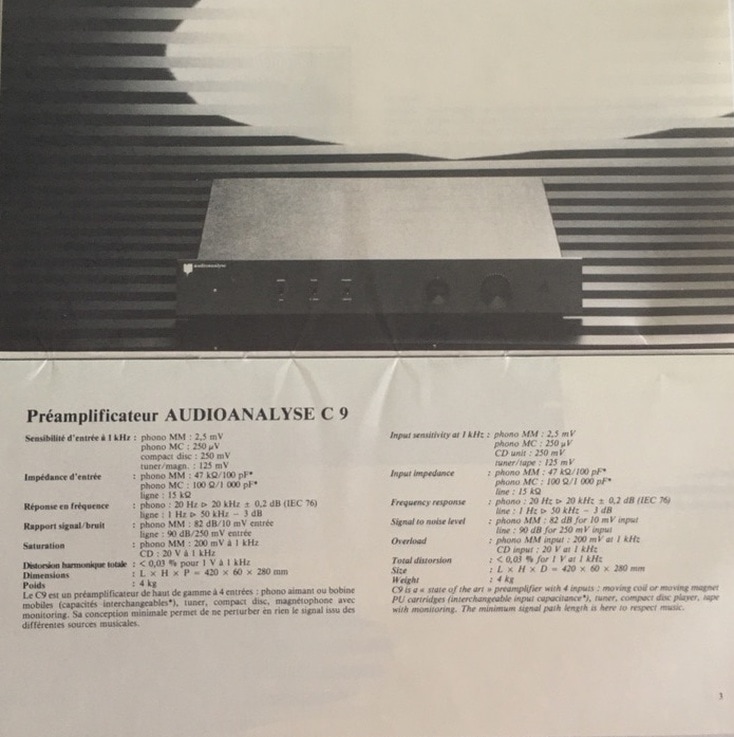
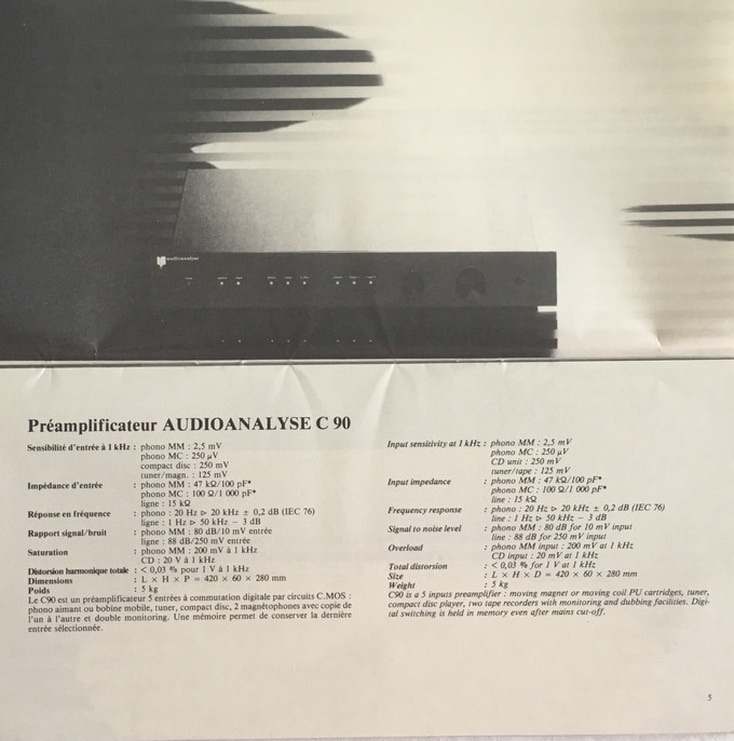




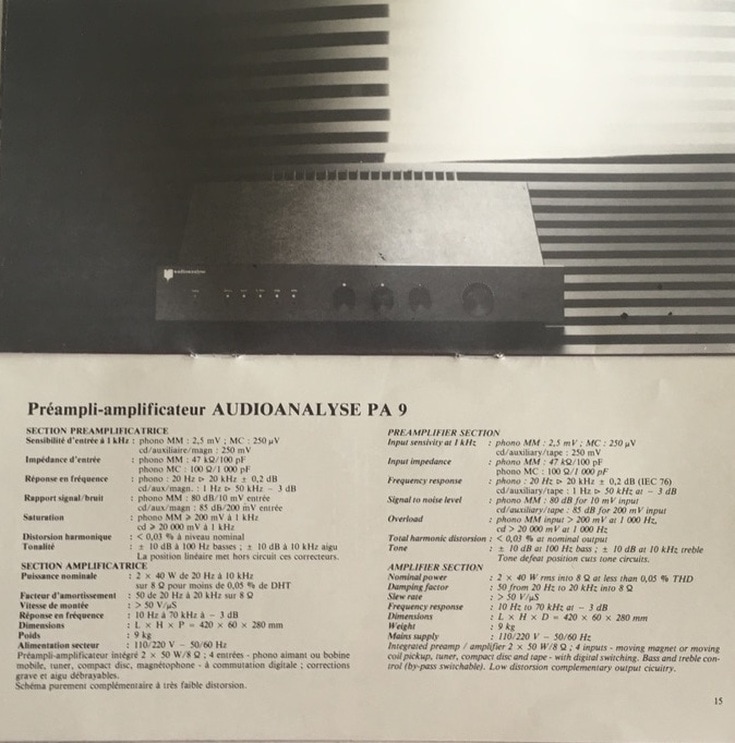

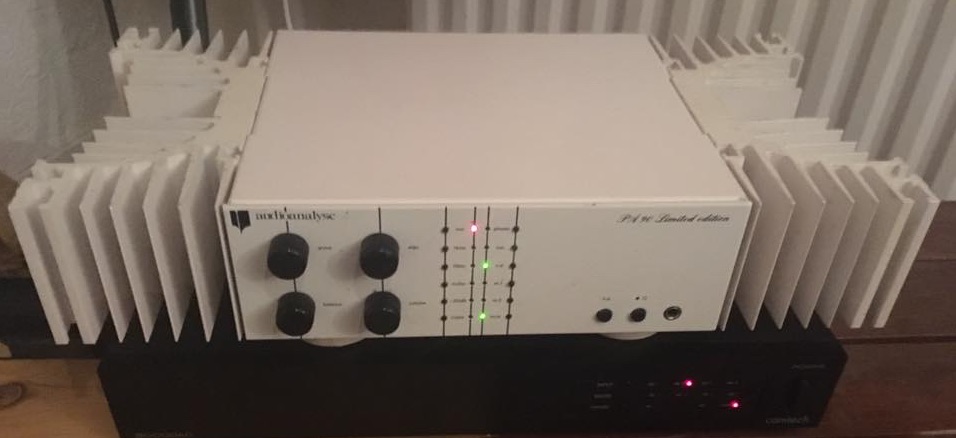










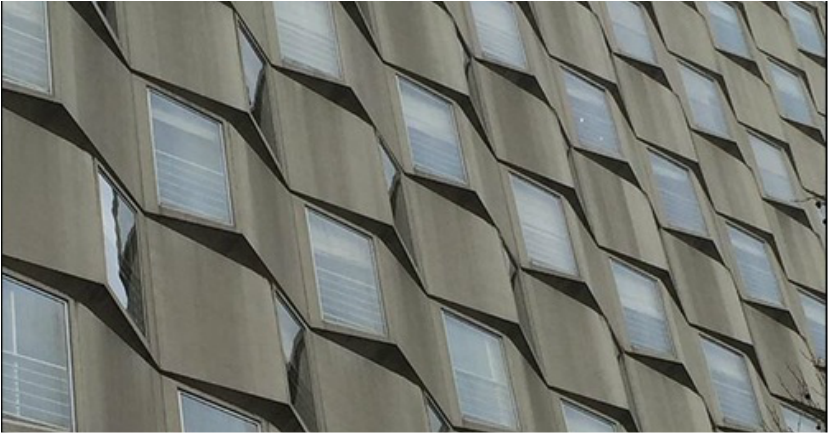

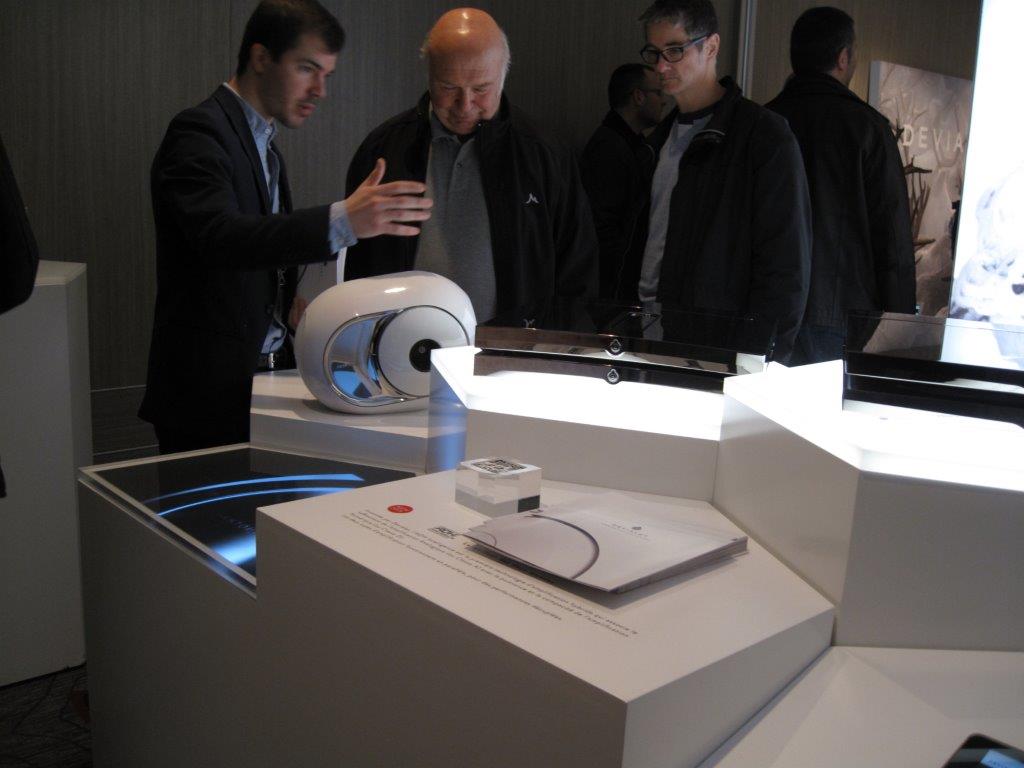


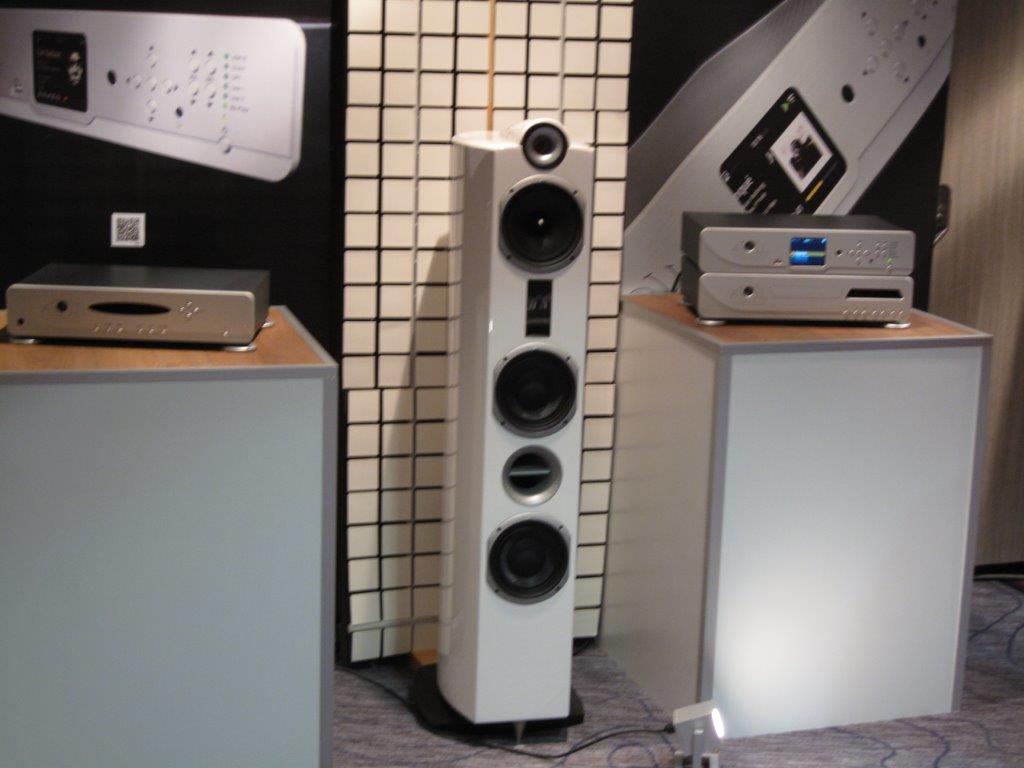
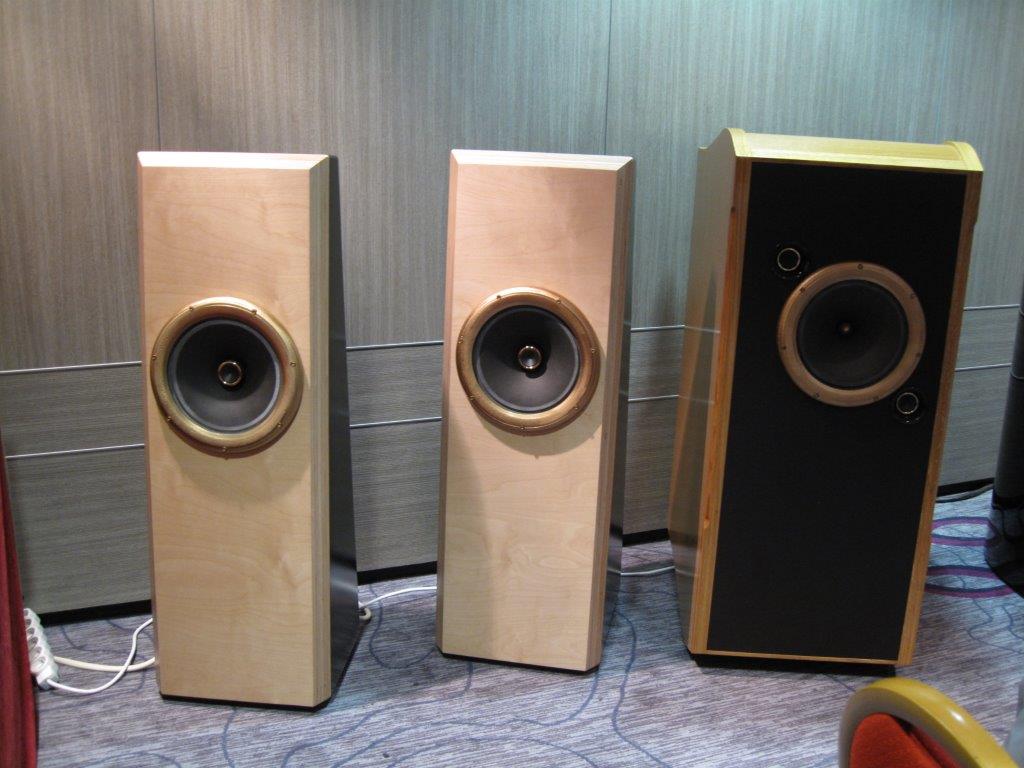






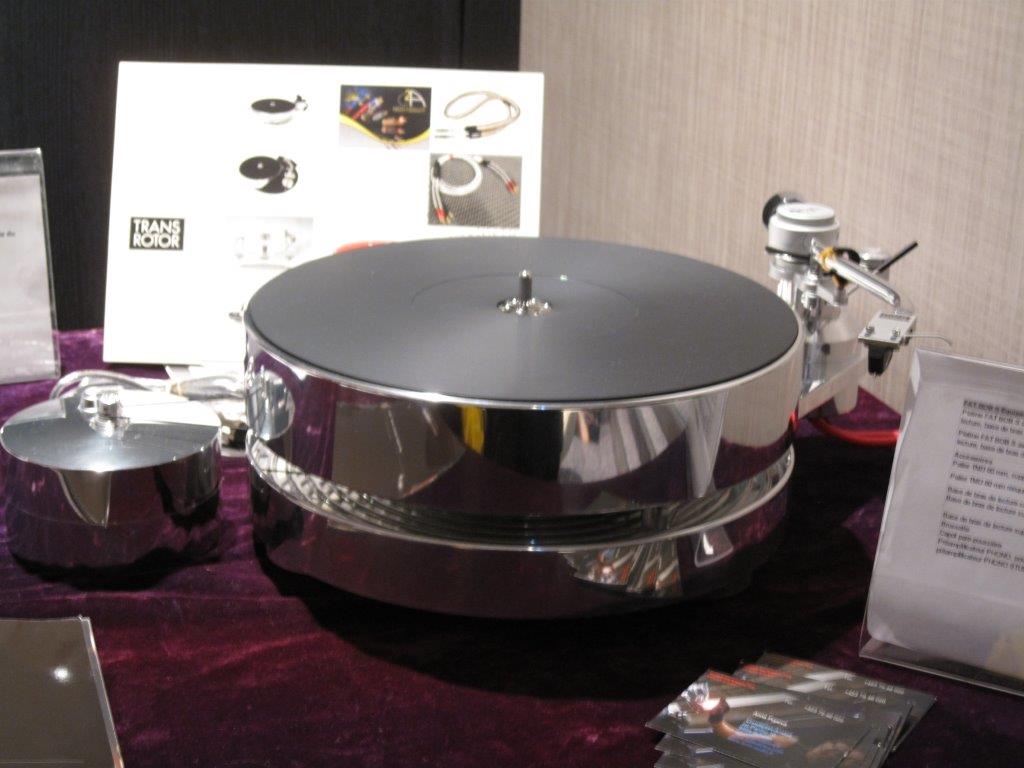

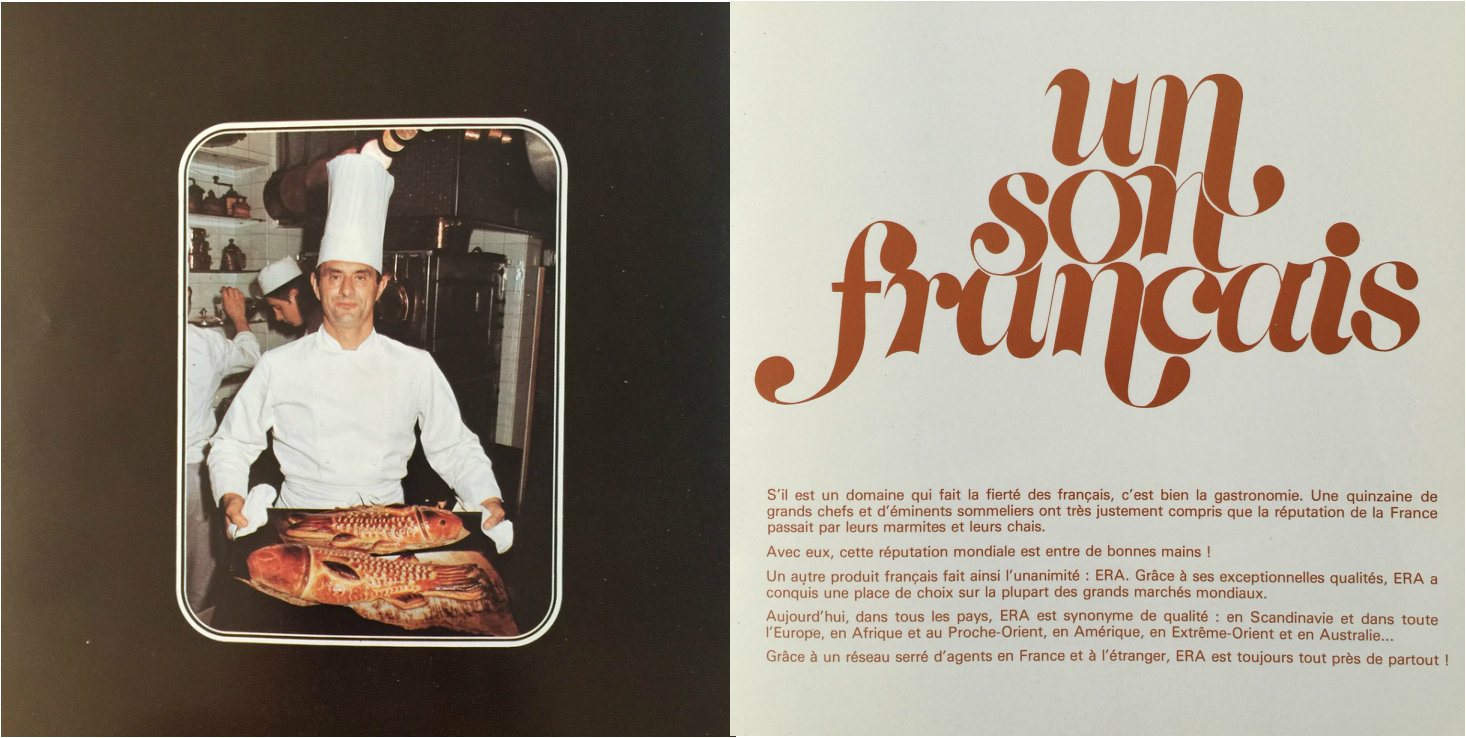









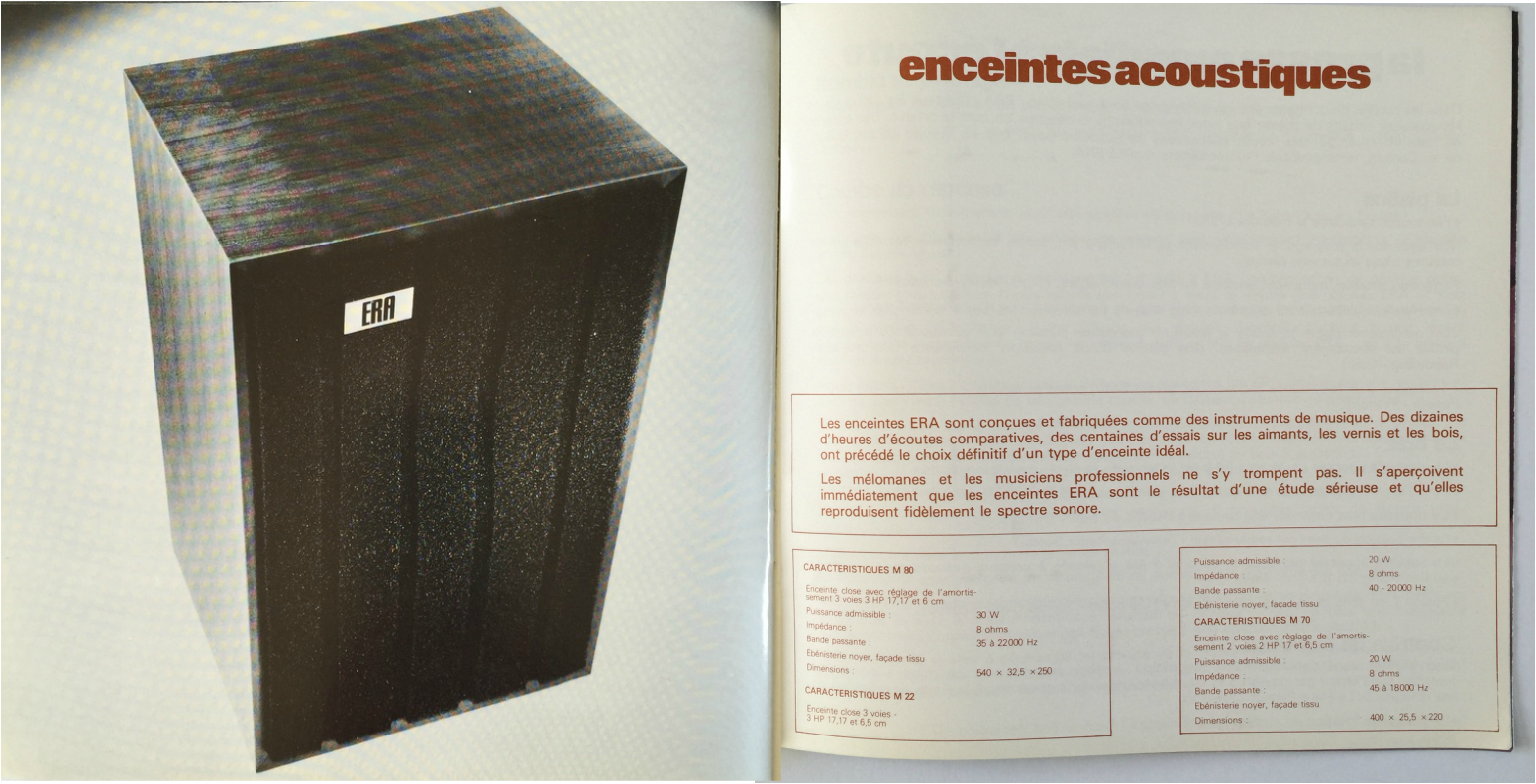









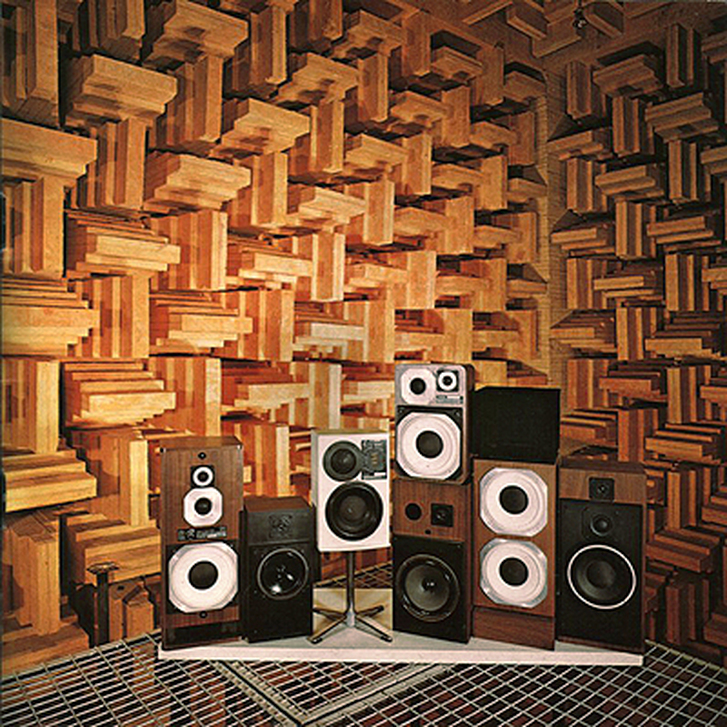







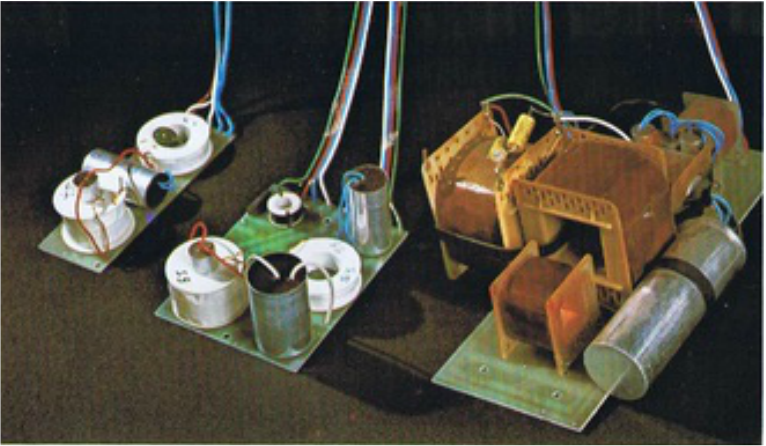



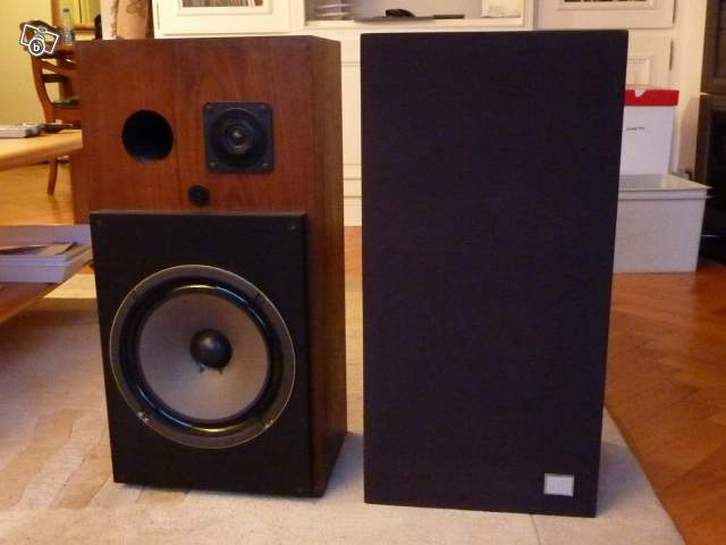


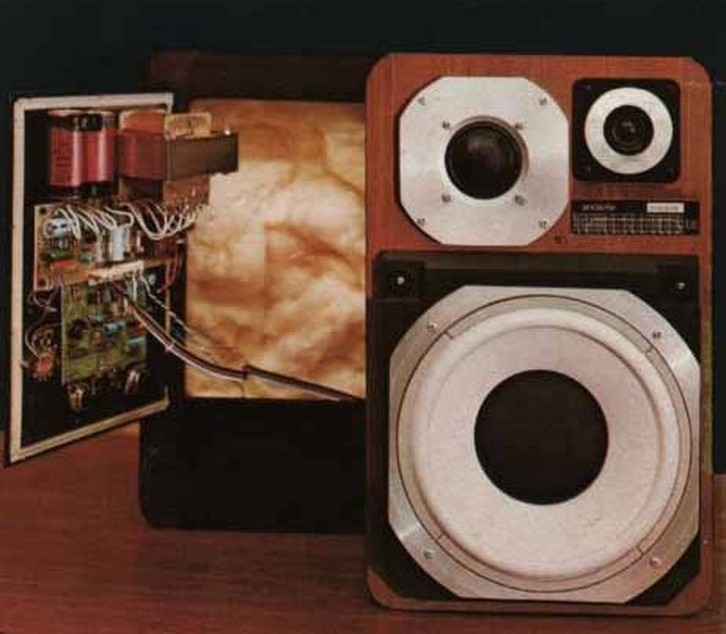

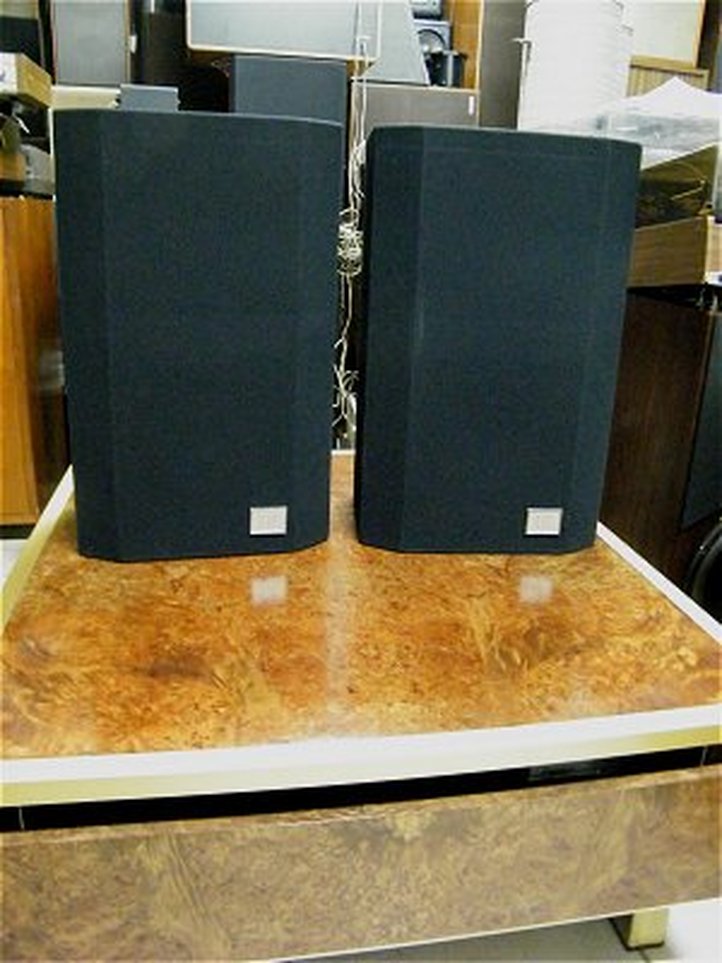



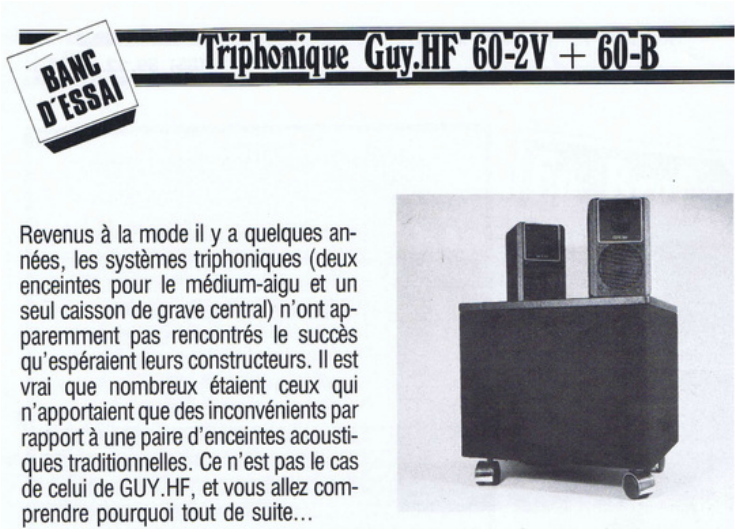
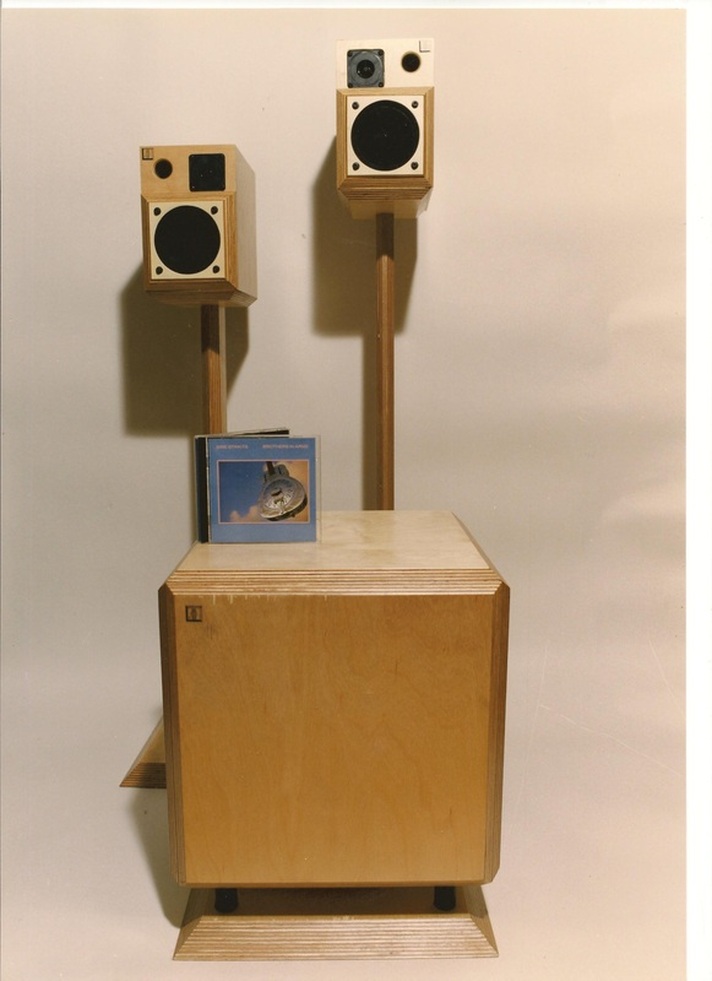









 RSS Feed
RSS Feed
